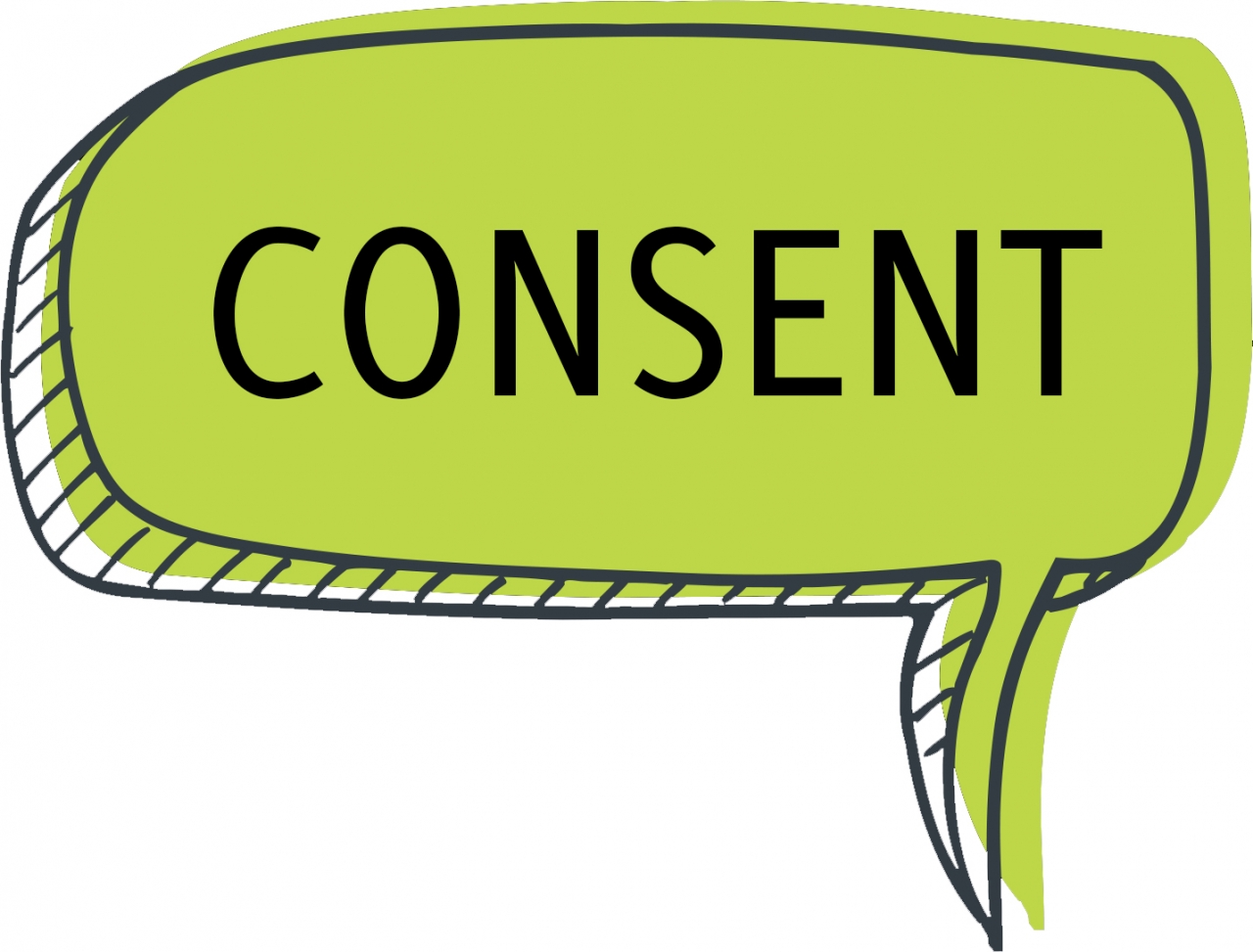This article is written by Poonam Gulati pursuing LLM in Corporate laws and/or Intellectual Property laws and Media and Entertainment laws Course at lawSikho. This article has been edited by Zigishu (Associate, Lawsikho).
This article has been published by Sneha Mahawar.
Table of Contents
Introduction
Most of the intellectual property rights in Japan are covered by patent rights, design rights, trademark rights, utility model rights, and copyrights. Certain other intellectual property rights are taken care of by the layout-design exploitation right, which is not much in use.
This article shall majorly focus on the improvements in the protection regime of product designs in Japan due to the amendment of their Design Act enforced on April 01, 2020. The ambit of discussion for the purpose of this article is confined to understanding the design law in Japan qua the following:
- Definition of “Design” under the Design Law
- A protection system unique to Japan
- Revision of the Design act in Japan
- Expansion of indirect infringement
A design right is born after the registration of the design under the Design Act, 1959, by way of a request for registration of Design & Drawings in the prescribed manner. The important take here is in the method of design drawings because in Japan it is mandatory that they have to be based on orthographic drawings. These drawings include all views of the design drafted by using the same scale and detailed views in isometric and oblique drawings. The prospective applicants must be aware of two important things. Firstly, the principle of ‘First to File’ and secondly, the rule to ‘keep the design unpublished or undisclosed before filing registration’. The rule to ‘keep the design unpublished or undisclosed before filing registration’ is mandated by Art3, the principle of ‘first to file’ the Act however exceptions to the rule are covered in Art4. The principle of ‘First to File’ gives priority to the earliest application at an instance when more than one application is received for registration of the same or similar designs by different applicants, this is commonly known as the priority rule.
Definition of “Design” under the Design Law
Design Art2(1) means the shape, pattern, colors, or a combination of any of these in an article that creates an aesthetic visual impression. ‘Article’ here includes any part or component of the product in question unless it falls within the meaning of Art8 of the Act. The Design is here associated only with the article and must be displayed on that article itself Art2(2). The definition of ‘design’ has been altered to expand the scope of protection of design under the categories of GUI and buildings & interiors. The shape, pattern, colors, or a combination of a part of an article includes any graphical image(s) on the display screen or that article itself or a certain associated article integrated along with that article. Such graphical image (GUI) must only be related to the operation of the device/article or should appear due to the functionality of that article.
A protection system unique to Japan
The Japan Design law has evolved to become a ‘protection system unique to its country’ due to the major amendments of the Act enforced in April 2020. These amendments provide significantly broader protection to a huge range of companies in many industries, creating exponential design rights in the package. A few major examples are
- Group Design or Related Design System- A unique provision in the Revised Japan Design Law is that it not only registers (related design) a design related to the principal design but also allows the registration of a design similar to the related design (similar design) provided the application for such registration is made within 10years of registration of the principal design.
- Single Design of a set of objects- Another unique feature of the revised Act that helps to keep the registration cost down is the provision of registering a ‘design of a set-of-objects’ as a single design. This is an exception to the principle of one-design-per-object. A pro of this provision is that partial design registrations for discrete objects usually sold in sets have become possible now.
- Secret Design System- Yet another provision that makes Japan’s Design law a stand-alone law is that of allowing the registration to be kept secret for a stipulated period. This secret system, though not infrequent use, is beneficial to designs that fade fast due to fashion or popularity concepts. However, owners of secret designs have limited options for actions against infringements and thus should use the option prudently.
- Registration of partial design- A very important aspect of the Japan Design Protection System introduced registration of parts of shapes or forms (partial design) with distinctive characteristics. This provision directly attacked those counterfeiters who copied the design smartly rather than completely so as to escape prosecution. This though breaks the tradition to register the entire design but prohibits infringements of indirect and intricate nature.
Revision of the Design Act in Japan
The Revised Design Act can be studied under three major heads qua the amendments.
- Expansion of scope of protection– The revision of the law has significantly widened the scope of protection by expanding the umbrella over the graphical user interfaces (GUI) and the design of exterior and interior decorations on buildings which initially covered only tangible objects.
- Design for GUI-The law prior to revision allowed protection of GUI image designs, which are based on non-cloud applications, which only included images recorded in a device and could appear on that device itself. Post the amendment cloud-based applications of GUI image designs are also protected. These GUI images need not be recorded within devices and may exist on the cloud and such protection also stretches to GUI image designs that are projected onto physical items.
- Design for Buildings & Interiors– The concept of ‘single design as a set of objects’ is used in building designs & interiors. Designs that create a “uniform aesthetic appearance as a whole” thus qualify to be protectable in a single design. Within its meaning, the term interior designs indicate an aesthetic combination of multiple objects that form the elements of one design. This includes decorations, furnishings & fittings on the walls and the floor, the furniture in that space, giving an experience of “uniform aesthetic appearance as a whole”. The partial design protection system allows protection to parts of buildings however, there is a reservation concerning the law reforms dealing with the architectural and construction industry.
- Enhancement of related design system– The protection provided to “Related designs” to the originally filed “principal designs” was provided in a restricted manner by the previous law and such protection was provided only if its registration was applied only within 8 months duration of registration of the principal design. The revised law protects the design similar to the ‘principal design’ as well as that to the ‘related design’ and such protection is provided to such application within 10 years from the application date of the principal design
- Other important provisions
- Duration– The duration of design rights provided to registered design owners applying on or after April 1, 2020, extends to 25years. This duration was restricted to 10years for prior applications made between April 1, 2007, and March 31, 2020.
- Collective application– A single application may be filed requesting multiple design registration.
- Article Classification table abolished– ‘The table for classification of Articles’ has been replaced by the ‘single design’ concept by the revised law.
- Level of creativity– The shapes & patterns that have found a place on websites or in publications shall be subject matter while assessing the norms of creativity
- Damage presumption method– The right holder can claim damages amounting to a figure equivalent to the license fee, for a part exceeding the production or the sales capacity.
- Remedial procedure- The documents related to priority can be submitted after the lapse of the period prescribed for submission.
Expansion of indirect infringement
Expansion of indirect infringement: To avoid crackdowns, the amended law forbids indirect infringement by allowing the division of infringing products into components and manufacturing or importing them so that they constitute assisting or supportive acts that constitute infringement. These acts would amount to infringement of indirect nature, therefore, regarded as deemed infringements. A protection regime is now available against such indirect infringements under the revised law thus plugging the loophole which was taken advantage of by the sophisticated counterfeiters by breaking up and importing a part of the overall design as a separate component being used for the compilation of the entire design.
Conclusion
The revised product design law of Japan is a one-of-a-kind and protection system provided by it is unique in character attributing to several distinctive provisions which shall have a revolutionary impact upon the protection regime and the rights of the design holders.
References
https://www.managingip.com/article/b1m7fs5vv0pmbk/japan-why-legal-reforms-have-divided-designers
https://wipolex.wipo.int/en/text/583130
https://wipolex.wipo.int/en/legislation/details/20544
Japanese design law – Wikipedia
https://www.jpo.go.jp/e/resources/report/sonota-inf o/document/pamphlet/isho_kaisei_en.pdf
https://www.jpo.go.jp/e/faq/yokuaru/design.html
https://thelawreviews.co.uk/title/the-intellectual-property-review/japan
Japan Patent Office (jpo.go.jp)
Searching for Patents, Utility Models, Designs, Trademarks | Japan Patent Office (jpo.go.jp)
How to use JPO website | Japan Patent Office
Trademarks | Japan Patent Office (jpo.go.jp)
Patent | Japan Patent Office (jpo.go.jp)
Expansion and use of product design protection in Japan – Commentary – Lexology
https://www.jpo.go.jp/e/system/design/gaiyo/design.html
https://www.jpo.go.jp/e/resources/report/sonota-info/document/pamphlet/isho_kaisei_en.pdf
Students of Lawsikho courses regularly produce writing assignments and work on practical exercises as a part of their coursework and develop themselves in real-life practical skills.
LawSikho has created a telegram group for exchanging legal knowledge, referrals, and various opportunities. You can click on this link and join:
Follow us on Instagram and subscribe to our YouTube channel for more amazing legal content.












